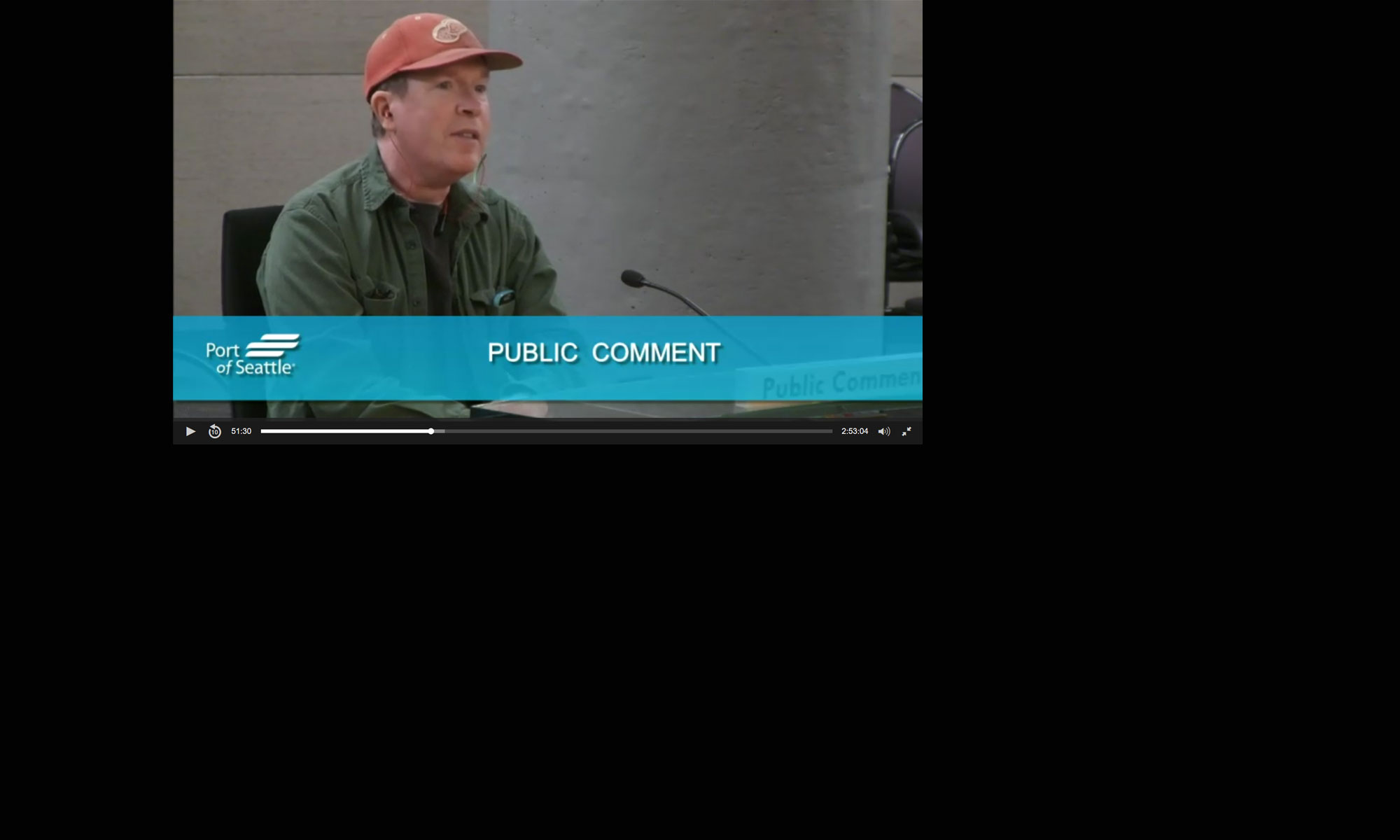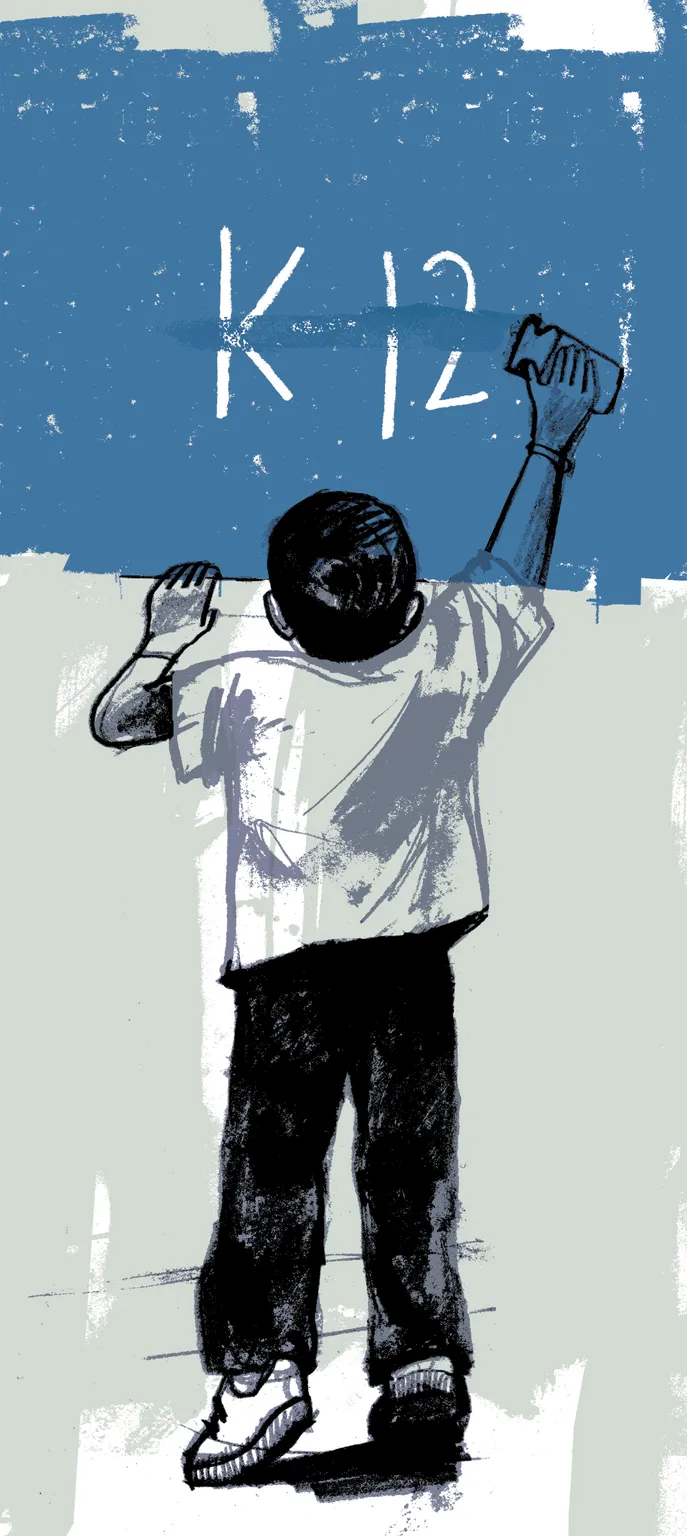Washington’s K-12 school finance system remains broken just six years after an overhaul effort. And state education leaders have demonstrated a lack of urgency to address the fundamental problems.
The system is not progressive with respect to student race, ethnicity or economic status. While many states provide at least as much, if not more funding to school districts serving higher-poverty student populations and higher percentages of students of color, our state’s finance model funnels more state and local funding to the wealthiest school districts. Districts that serve a higher share of students of color, especially Latina/o students, and districts enrolling more students who are low-income, are systematically underfunded relative to other districts in the state.
Consider the case of two school districts in Washington:
The Lake Washington School District has an average local property wealth per student of $2.2 million, 10% of students are low-income and 27% identify as Black, Latino/a or another race/ethnicity that is underrepresented in higher education. The district generates more than $2,000 per pupil from its enrichment levy and first-year teachers earn $56,000. The average class sizes have hovered around 21 students over the past five years.
Within an hour’s drive is Federal Way School District, which has an average local property wealth per student of $800,000, and 66% of students are low-income. The district’s enrichment levy generates $1,300 per pupil. A first-year teacher makes about the same as in Lake Washington, but average class sizes are between 23 and 24 students over the past five years. And with more than 1,300 teachers and 20,000 students, even small differences in class sizes have larger implications for Federal Way’s resource levels.
Our research shows this example is part of a broader system of inequity in the state’s finance system.
In a recent report, we found these funding gaps emerged in 2014-15, when the initial reforms from the McCleary v. Washington State Supreme Court case were enacted. The gap expanded by 2018-19 as the state implemented “regionalization factors,” which drive more funding to higher cost-of-living areas. That bill, along with another, helped provide needed teacher salary increases.
But those increases systematically benefited more advantaged school districts and more veteran teachers. In the post-McCleary world, Washington has a higher-funded, but more racially and economically inequitable public school finance system.
And now, even the larger and wealthier districts like Seattle and Bellevue are closing schools and needing to make significant budget cuts. Those districts are facing a perfect storm of financial troubles. Although districts recently received a large infusion of funds following the McCleary decision, a large portion of new funds were allocated to teacher salaries. Our research found these salaries led to positive impacts on teacher retention, especially for more junior teachers; however, on average the bulk of salary increases went to more experienced teachers. While teacher pay increases can be an effective use of education dollars, they also create long-term financial commitments for districts, many of which are now struggling to make ends meet.
A second major financial challenge stems from declining enrollment. Like most states, Washington allocates state revenues to schools on a per-student basis. For each student a district loses from the prior year, state funding declines by between $10,000 and $15,000. Many districts have enrollment declines in kindergarten and lower elementary grades, and those students generate more state funds due to lower teacher-student ratios in the state funding formula.
To make matters worse, wealthier school districts — which saw greater funding increases following McCleary — also lose local revenues with declining enrollment. As part of the recent reforms, the state changed the laws that limit local levy tax revenues, or “levy lids.” Under the new law, districts can only generate the lesser of $2,606 per student in local enrichment levies, or the amount generated from $2.50 per $1,000 of assessed value (the revenue cap started at $2,500 per student in 2020 and increases with inflation). By design, a district with higher property values will hit the revenue cap of $2,606 per student, while districts with lower property values will be “rate capped” before reaching the revenue cap.
Rate-capped districts such as Spokane, Federal Way and Puyallup do not lose any local revenues with enrollment declines, because as enrollment goes down, the tax rate and total local tax revenues stay about the same, while local tax revenues per student increase. In this scenario, the district stays below its rate cap. In contrast, when revenue-capped districts like Seattle, Bellevue, Lake Washington or Northshore lose a student, their tax rate and total local tax revenues also stay about the same, but the increase in tax revenues per student pushes them past the revenue levy cap of $2,606, so they must reduce local revenues by that same amount. In short, while the recent McCleary reforms boosted funding especially for wealthier school districts, large financial commitments coupled with declining enrollment and changes to levy policies have now put many districts in a precarious financial position.
School districts are facing two additional challenges in the coming years. First, federal stimulus money, which has been instrumental in supporting districts through the pandemic, will expire in September 2024, requiring districts to significantly reduce spending unless additional state aid is provided. Second, an economic recession is possible, which could reduce state tax revenues and impact state funding. Meanwhile, student and educator mental health needs have expanded since the COVID-19 pandemic.
Several bills being considered are promising, but none address the foundational problems facing Washington’s school finance system. Senate Bill 5311 would provide much-needed funding increases for special education. The law would increase funding weights for students receiving special education services and expand the cap on funding from 13.5% to 15%. While districts will benefit from these funds, they will not undo Washington’s regressive school finance system because they will not be targeted to districts based on student race, ethnicity or income level.
To address fundamental problems with the system, the state could substantially expand two current programs that target funds to higher-poverty school districts. The first is called the Learning Assistance Program, or LAP, which provides supplemental services for students not yet reaching academic standards. The funding formula for LAP is based on the percent of students in the district who are eligible for free or reduced-price lunch, so by design, the state distributes funds to school districts progressively with respect to student income. However, the program only provides between $300 to $600 per student on average, representing less than 4% of district budgets.
The state could also expand a second program, Local Effort Assistance, or LEA, which is designed to help equalize the amount of funds districts generate through local enrichment tax levies. While state funds are based on district enrollment, districts receive local revenues by taxing local property including households and businesses. On average, districts that serve wealthier student populations tend to have higher property values, making it easier for those districts to generate local revenues.
Under the current law, when voters approve an enrichment levy, LEA funds ensure that all districts generate at least $1,500 per student with a tax rate of 0.15%, or in levy parlance, $1.50 per $1,000 of assessed value. To generate any dollars beyond that amount, districts must further increase their local tax rate, but wealthier districts generate substantially more revenues for the same increase in taxes. As a result, districts with lower local property values need to raise their tax rates by more than in wealthier districts to provide the same educational service. Bellevue, Lake Washington and Mercer Island, for example, all levy a tax rate below $1 per $1,000 of assessed value but generate the maximum revenue amount of $2,606 per student. Meanwhile, Highline, Tacoma and Kent all levy tax rates above $2 per $1,000 of assessed value to generate approximately the same amount as wealthier districts. The Yakima School District, which has lower average property values, taxes near the rate limit of $2.50 per $1,000 of assessed value and generates only $926 per student, and about $2,000 per student with LEA.
In short, while LEA helps equalize the tax base, the program doesn’t go far enough, since lower-income households pay a higher local property tax rate on average for the same amount of revenue. Expanding the LEA program would generate more funds to lower-wealth school districts and help equalize the tax burden across rich and poor households.
As school districts face many fiscal uncertainties in the years ahead, state legislators need to address short-term challenges, while continuing to take on the broader inequities baked into the state’s public school finance system.




